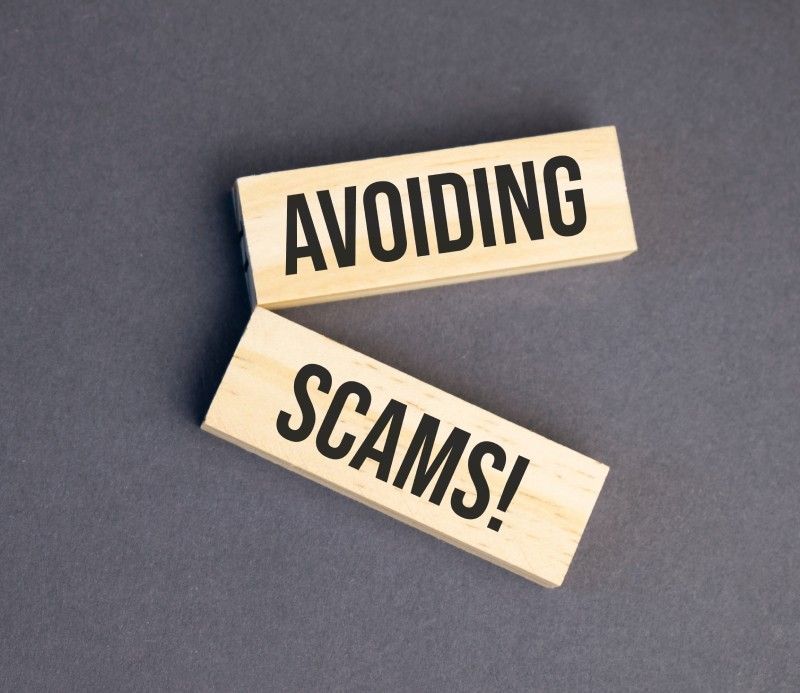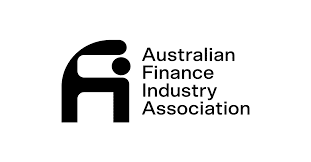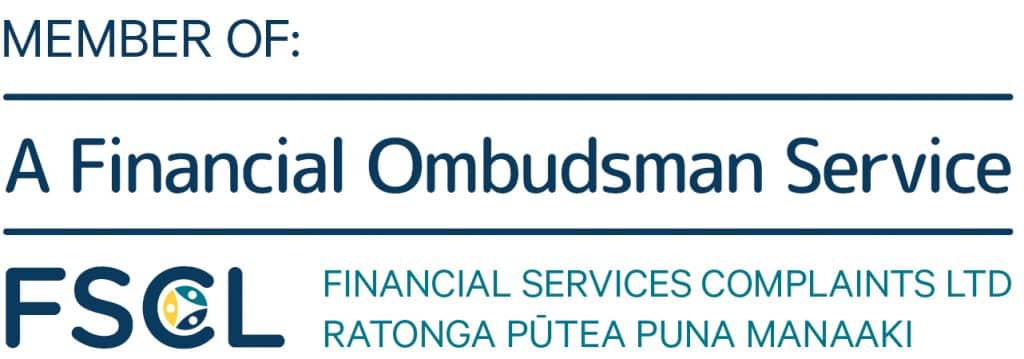NFT Scam Explained
NFTs, or non-fungible tokens, are unique digital assets that exist on a blockchain. They can represent anything from art and music to sports and gaming collectibles. NFTs have exploded in popularity in the past year, reaching a market value of over $40 billion. However, with this growth comes the risk of scams and frauds that target NFT creators and buyers.
On this page we will explain what the most common NFT scams are, how they work and how you can avoid them. We will also provide some tips on how to protect your NFTs and your cryptocurrency wallet from hackers and thieves.
Phishing Scams and Suspicious Pop-Ups
One of the most common NFT scams is spread through phishing, which is when scammers try to trick you into giving them your login credentials or private keys by sending you fake emails or messages. These emails or messages may look like they come from a legitimate NFT platform or marketplace, but they actually lead you to a fake website that mimics a real one. Once you enter your information on the fake website, the scammers can access your account and steal your NFTs or cryptocurrency.

Another variation of phishing is when scammers use pop-ups or banners on websites that claim to offer free NFTs or giveaways. These pop-ups or banners may ask you to enter your email address, phone number or wallet address to participate in the promotion. However, these are just bait to collect your personal information or to infect your device with malware.
How to Avoid Phishing Scams and Suspicious Pop-Ups
- Always check the URL of the website you are visiting before entering any information. Make sure it matches the official domain of the NFT platform or marketplace you are using.
- Never click on links or attachments in emails or messages that claim to be from an NFT platform or marketplace, unless you are sure they are authentic. If you are not sure, contact the platform or marketplace directly to verify.
- Use a strong password and enable two-factor authentication (2FA) for your NFT account and your cryptocurrency wallet. This adds an extra layer of security that can prevent unauthorized access.
- Use a reputable antivirus software and a VPN service to protect your device and your internet connection from malware and hackers.
Fake NFT Projects, Pump-and-Dump Schemes and Counterfeit NFTs
Another common NFT scam results when scammers create fake NFT projects or collections that look like they are from well-known artists or celebrities, but they are actually stolen or copied from other sources. These fake NFTs may be sold at low prices to attract buyers, but they have no value or legitimacy in the NFT market.

Some scammers may also use pump-and-dump schemes, artificially inflating the price and popularity of an NFT project or collection by creating fake hype and demand. They may use social media, bots or paid influencers to promote the project or collection to encourage people to buy it. However, once they sell their own NFTs at a high price, they disappear and leave the buyers with worthless tokens.
Another variation of this scam is the creation of counterfeit NFTs that look like they are from an original project or collection, but they are actually minted on a different blockchain or platform. These counterfeit NFTs may have similar names, images or descriptions as the original ones, but they have no connection or verification from the original creators.
How to avoid fake NFT projects, pump-and-dump schemes and counterfeit NFTs:
- Do your research before buying any NFT. Check the background and reputation of the creator, the project and the platform. Look for reviews, ratings, social media presence and feedback from other buyers.
- Use reverse image search tools like Google Images or TinEye to see if the NFT image has been used elsewhere or belongs to someone else.
- Verify the authenticity and provenance of the NFT by checking its metadata, token ID and transaction history on the blockchain explorer. Make sure it matches the information provided by the creator and the platform.
- Be wary of NFT projects or collections that offer unrealistic returns, guarantees or incentives. If it sounds too good to be true, it probably is.

Bidding Scams and Fake Wallet Transfers
Another common NFT scam is the use by scammers of bidding strategies to manipulate the price and demand of an NFT. For example, they may place fake bids on their own NFTs to drive up the price and attract more buyers. They may also place fake bids on other people’s NFTs to make them pay more than they should.
Scammers may also pretend to buy an NFT from someone, but they actually send a fake wallet transfer confirmation or screenshot that shows they have paid for it. However, they never actually send any cryptocurrency to the seller’s wallet. They may also ask the seller to send the NFT first before they pay, but they never do.
How to Avoid Bidding Scams and Fake Wallet Transfers
- Use a trusted and secure NFT platform or marketplace that has a transparent and fair bidding system. Avoid platforms or marketplaces that have low fees, no verification or no escrow service.
- Never send your NFT or your cryptocurrency to anyone without confirming the payment first. Use a blockchain explorer to verify the transaction and the wallet address of the buyer.
- Never share your private keys, seed phrases or master passwords with anyone or any website. These are the keys to your wallet and your NFTs, and you should keep them safe and secret.

Conclusion
NFTs are a new and exciting way to create and collect digital assets, but they also come with risks and challenges. Scammers are always looking for ways to exploit the NFT market and take advantage of unsuspecting buyers and sellers. Therefore, it is important to be aware of the common NFT scams and how to avoid them.
By following the tips and advice in this blog post, you can protect yourself and your NFTs from fraudsters and enjoy the benefits of this emerging technology.






